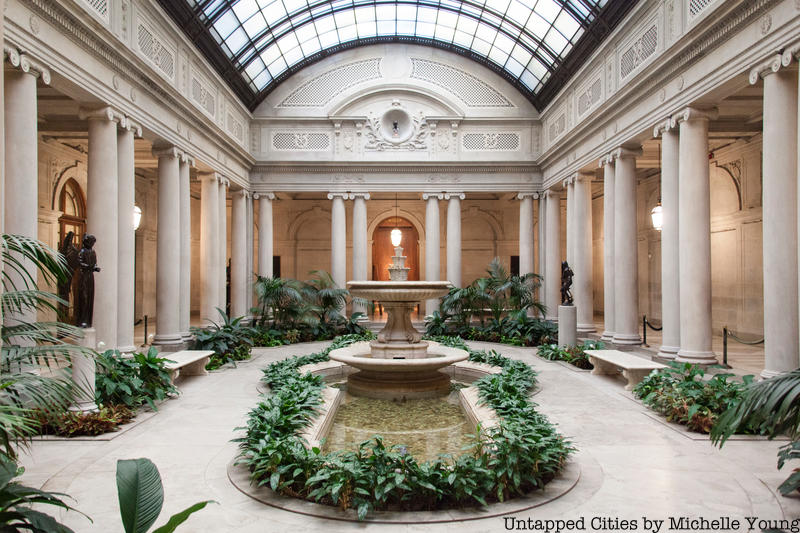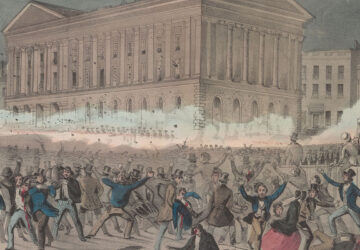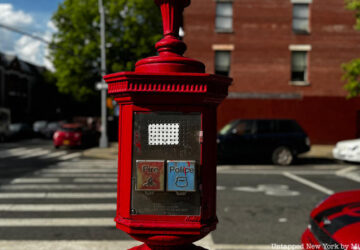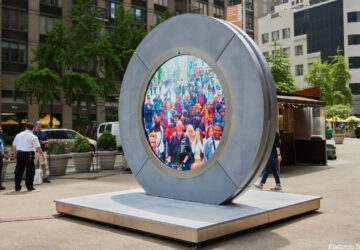10. The Sections of The Frick Most Beloved Were Not Part of Original Mansion

John Russell Pope’s Garden Court for the Frick heralded his similar courts in the National Gallery of Art, Washington, DC.
Classicist John Russell Pope, the architect chosen to convert the house to a museum, was one of the most distinguished architects of the early 20th century. Yet he was reviled on his death and criticized in the harshest possible terms for decades. His design, for example, for the Jefferson Memorial (equally beloved today) was called a servile sham, decadent stylism, and, grimly, a cadaver. He was even contemptuously called the last of the Romans, intended as a profound insult. But who doesn’t admire Rome today? Indeed, when in 2001 Princeton architect Michael Graves received the highest honor of the American Institute of Architects, the Gold Medal, he was asked to name the five best buildings in the world. His first choice: Rome, in its entirety. Paul Goldberger says that Pope used classicism as a source of dignity, distilling it down to its essence, which is precisely what Frick wanted.





